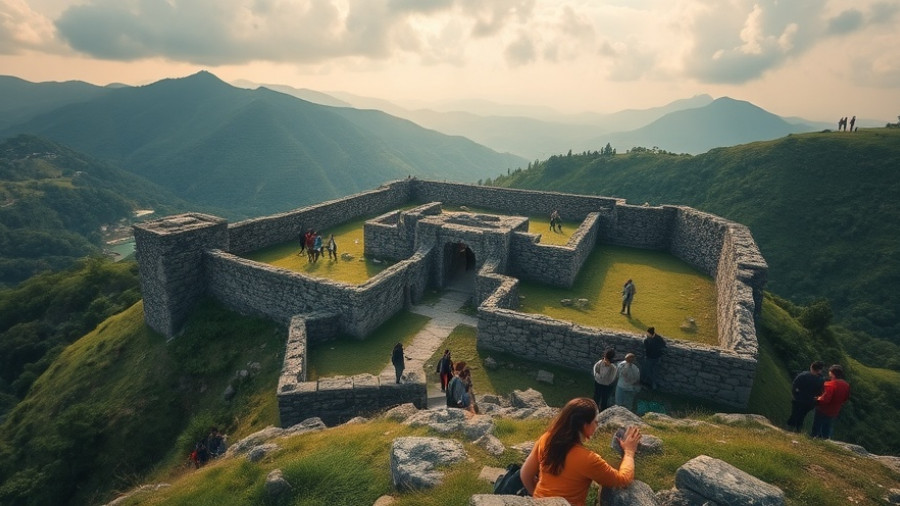
Embracing Nature: The Allure of Sustainable Travel
Every year, millions of travelers seek the peace that comes with immersing themselves in nature. Whether it's camping in the woods, sailing along a remote coastline, or drifting down a tranquil river, the desire to reconnect with the environment is clear. However, as eco-tourism continues to gain popularity, understanding and managing the potential risks associated with visiting natural and protected areas becomes crucial for both visitors and managers alike.
Understanding Eco-Tourism and Its Challenges
Eco-tourism offers a unique blend of adventure and respect for the natural world. Travelers can witness wildlife in their natural habitats and learn directly about conservation efforts. Yet, without proper infrastructure and safety measures, these experiences can lead to unintended consequences. For managers of eco-friendly accommodations—such as glamping sites, camping grounds, and eco-resorts—creating a safe environment is paramount. Incorporating security measures without compromising the natural beauty of the surroundings is a delicate balance that requires thoughtful planning.
The Importance of Comprehensive Safety Measures
For those managing eco-tourism initiatives, it’s essential to implement adequate safety protocols to account for remote locations where immediate help may not be available. Not only do these protocols protect guests, but they also preserve the integrity of the environment. Installing solar-powered security cameras and implementing fire and smoke alarms are crucial steps to ensure guests feel secure, marking the transition of eco-tourism into an era where safety is front and center.
Innovative Solutions for Eco-Friendly Safety
Modern technology can play a significant role in enhancing safety at eco-tourism sites. AI-powered security systems can monitor activities around the clock without requiring constant human oversight, addressing both safety and privacy concerns. Additionally, incorporating bikes and scooters into the transport options not only minimizes the carbon footprint but also allows managers to track their rental items effectively, ensuring guests do not get lost in expansive environments.
Essential Gear for a Safe Adventure
To enhance guest experiences, it’s crucial to equip them with items like life jackets and emergency communication devices. For families engaging in boating activities, providing essential safety gear ensures everyone can enjoy their adventure with peace of mind. Additionally, offering facilities to charge devices, such as portable power chargers for scooters, can further empower guests to explore safely.
Promoting Ethical and Responsible Tourism Practices
Travelers must also take responsibility for their impact on natural areas. Adopting practices like reducing packaging waste, choosing sustainable hotel accommodations, and supporting local conservation efforts can significantly enhance the sustainability of their eco-tourism experiences. This active role in conservation and awareness not only enriches their journey but can foster broader community support for preserving these precious environments.
Future Trends in Eco-Tourism Safety and Sustainability
Looking forward, it’s likely that safety and sustainability will increasingly intertwine in eco-tourism. As demand for eco-friendly travel grows, so does the expectation for accountability from service providers. By integrating advanced security solutions and emphasizing ethical practices, eco-tourism can continue to thrive while respecting and protecting our natural world.
Conclusion: Making Conscious Travel Choices
As you plan your next adventure into the wild, take time to think about how to travel responsibly and sustainably. Implementing safety measures that respect the environment while benefiting guests creates a win-win for everyone involved. Embrace the opportunity to learn and contribute positively, ensuring that the beauty of our natural areas remains for generations to come.
 Add Row
Add Row  Add
Add 




Write A Comment